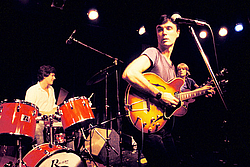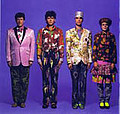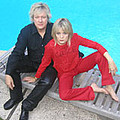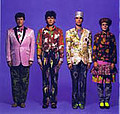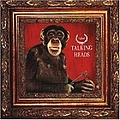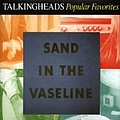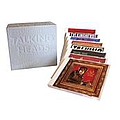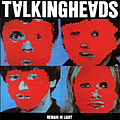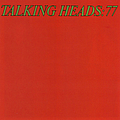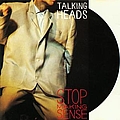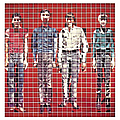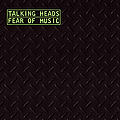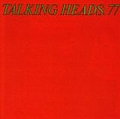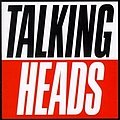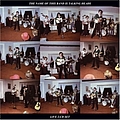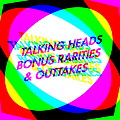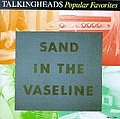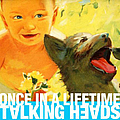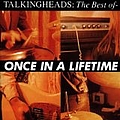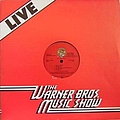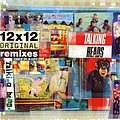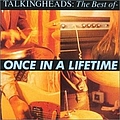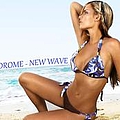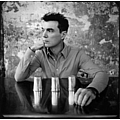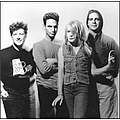One of the most important, influential and enduring new wave bands, Talking Heads regularly modified their sound, bringing in elements of punk, pop, african rhythms and funk among others to add to their original jerky stripped-down art-punk stylings. Talking Heads first appeared on the New York music scene as a trio in 1974 essentially as art-punks. The band consisted of David Byrne, Chris Frantz, and Tina Weymouth. By 1975, Talking Heads recorded a demo album for CBS records and landed a gig opening for the Ramones at the legendary CBGB club in their native New York City. In 1976, they added Jerry Harrison, formerly of Jonathan Richman's band The Modern Lovers. The group quickly drew a following and was signed to Sire Records in 1977. The group released their first single, "Love → Building on Fire" in February of that year. Their first album, Talking Heads: 77 was released soon afterward and did not contain the earlier single. Although it did include the underground singles Psycho Killer and Uh-Oh, Love Comes to Town. Despite being regulars at New York's legendary cbgb, the band only began to break through further with the landmark Brian Eno-produced, 1978 album More Songs About Buildings and Food, an album which continued in the same vein, but with a more accessible style, wittier lyrics, and ultimately better songs. It was a great critical hit with subject matter ranging from home movies to the art world. It also included their cover of Take Me To The River. On the following year's Fear of Music the band started to dabble in African rhythms, notably on I Zimbra, and more straightforward pop styles, on Life During Wartime and Cities. 1980 brought the band's fourth and most innovative effort Remain in Light. Notable for the single Once in a Lifetime, which became an early MTV staple, Remain In Light saw the band experiment with ambient sounds, fugal structures, polyrhythms, and about everything under the sun to make the body groove. Following this, the group split with Brian Eno, enjoying greater commercial success with 1983's Speaking in Tongues. It took the musical innovations of its predecessor and refined them into pop songs, most notably Burning Down the House, Girlfriend Is Better and This Must Be The Place. This period was topped off with a live album, from Jonathan Demme's documentary, Stop Making Sense. The documentary, with its name taken from a line in Girlfriend Is Better, was a great success, and took their inimitable style to a wider audience. 1985's Little Creatures was an even bigger hit, and exhibited another stylistic shift for the band. It saw the punk styles of '77 almost completely abandoned for simple, three or four chord pop songs. The album produced the singles And She Was, and Road To Nowhere. The following two albums, True Stories and Naked, were both moderate successes, the former producing their biggest radio hits, Love for Sale and Wild Wild Life, and the latter focusing more on Latin influences with hits like (Nothing But) Flowers. After this, a long quiet period followed, with the band eventually officially announcing their break up in 1991. All of the songs on the album True Stories also appear in the film of the same name which was written by, starred and was directed by David Byrne. The versions in the film are not (generally) performed by the band, but by other members of the cast, and are often not performed in their entirety. The videos for the songs Wild Wild Life and Love for Sale are taken directly from the film (or were integrated seamlessly into the film, depending on how you want to look at it). The film stars John Goodman and Spalding Gray, and is also the inspiration for the name of the band Radiohead. www.talking-heads.net
